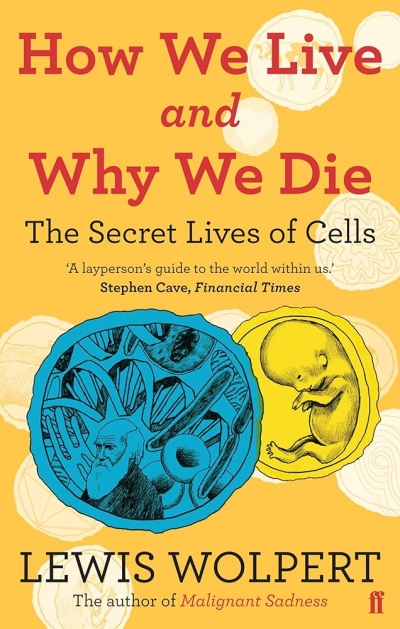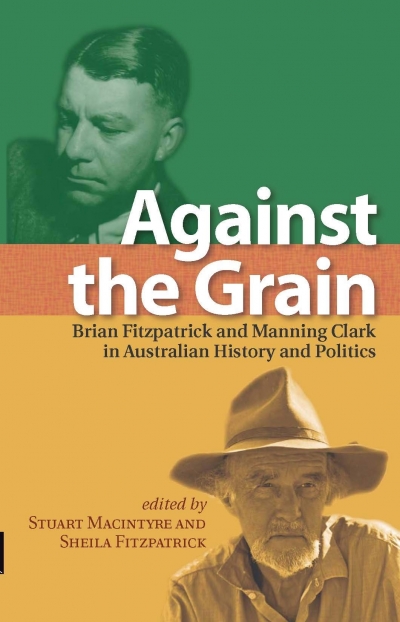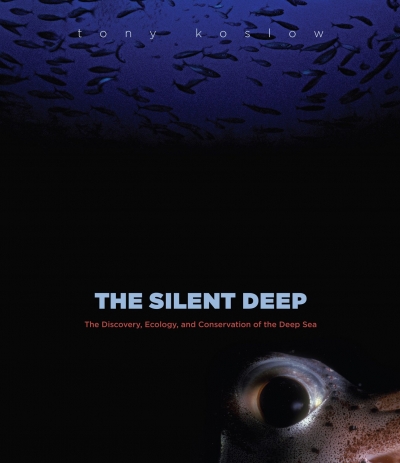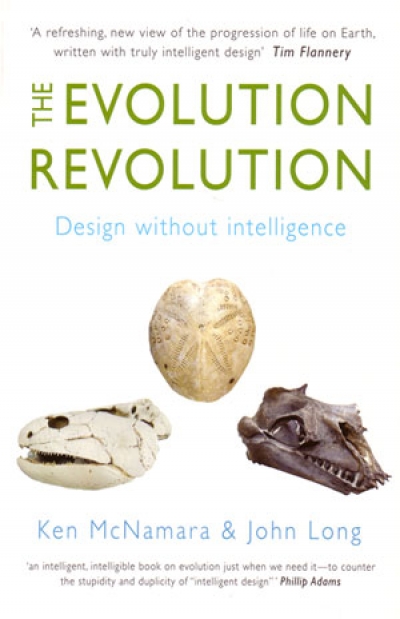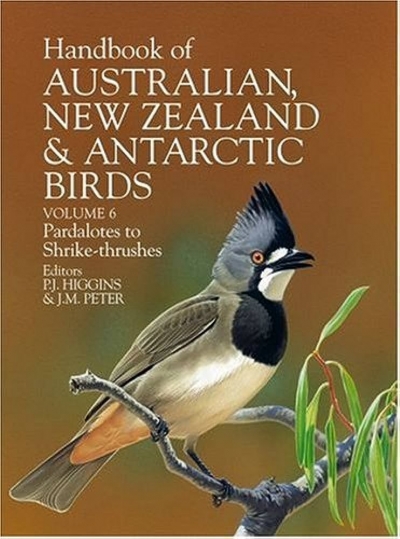Biology
How We Live and Why We Die: The secret lives of cells by Lewis Wolpert
by Ian Gibbins •
Against the Grain: Brian Fitzpatrick and Manning Clark in Australian history and politics edited by Stuart Macintyre and Sheila Fitzpatrick
by Nick Fischer •
The Silent Deep: The discovery, ecology and conservation of the deep sea by Tony Koslow
by Paul Humphries •
The Evolution Revolution: Design Without Intelligence by Ken McNamara and John Long
by Ian Gibbins •
Handbook Of Australian, New Zealand And Antarctic Birds: Volume 6: Pardalotes To Shrike-Thrushes edited by P.J. Higgins and J.M. Peter
by Peter Menkhorst •

